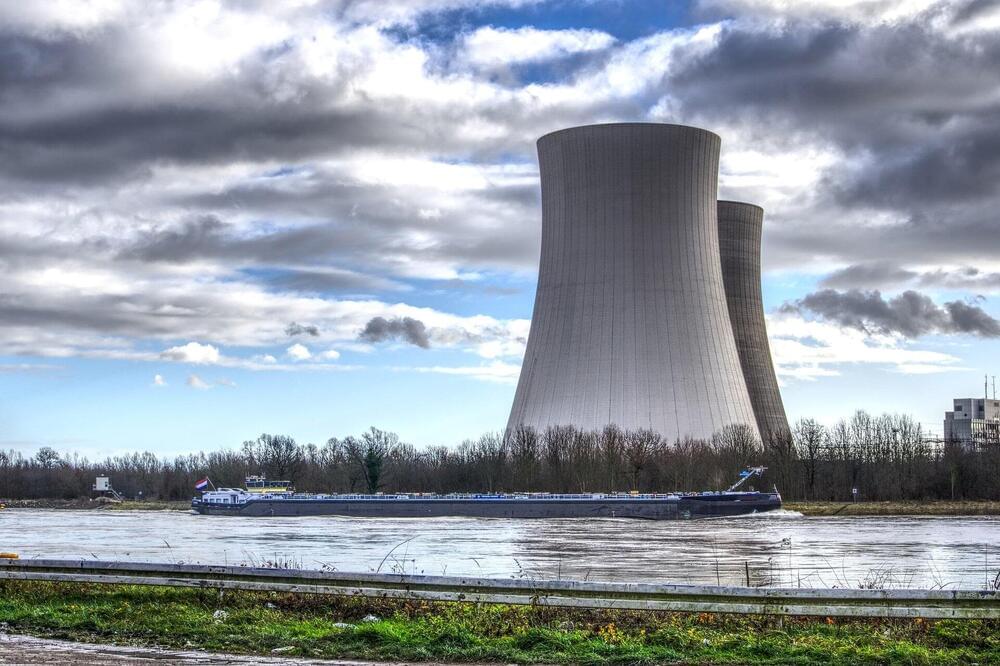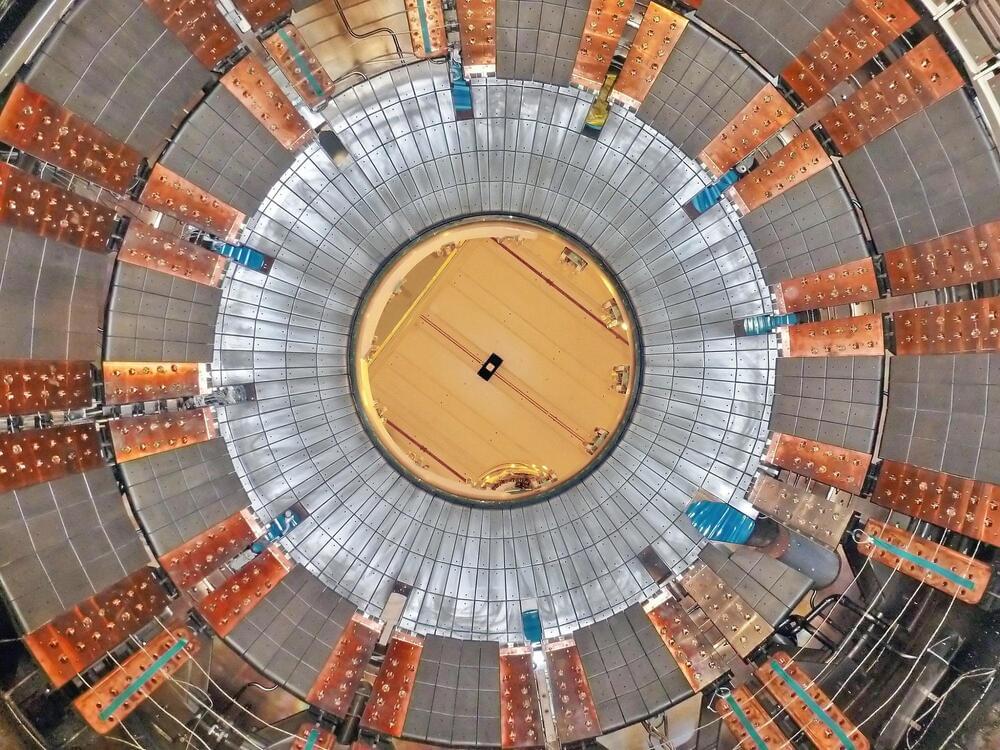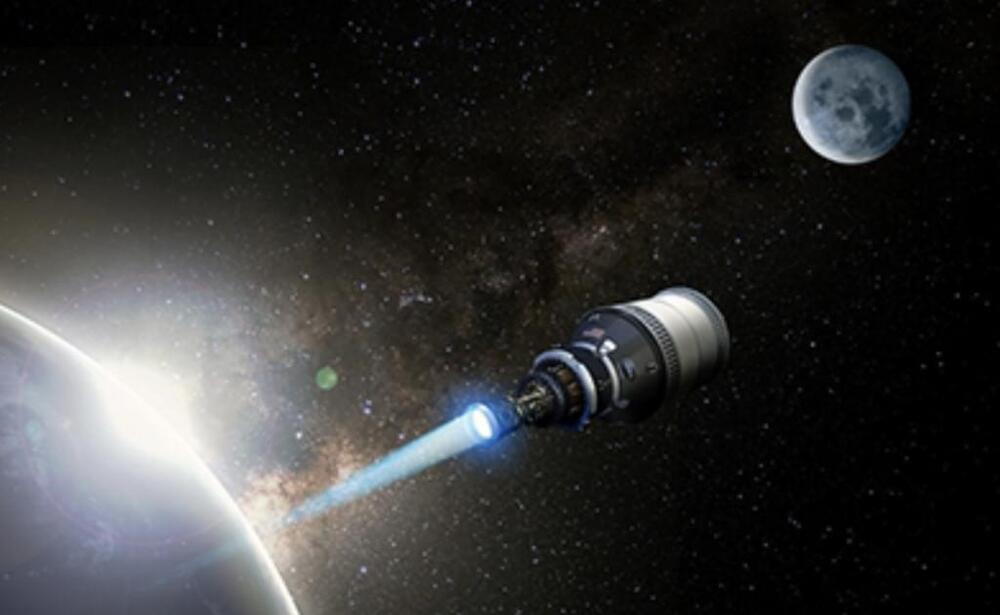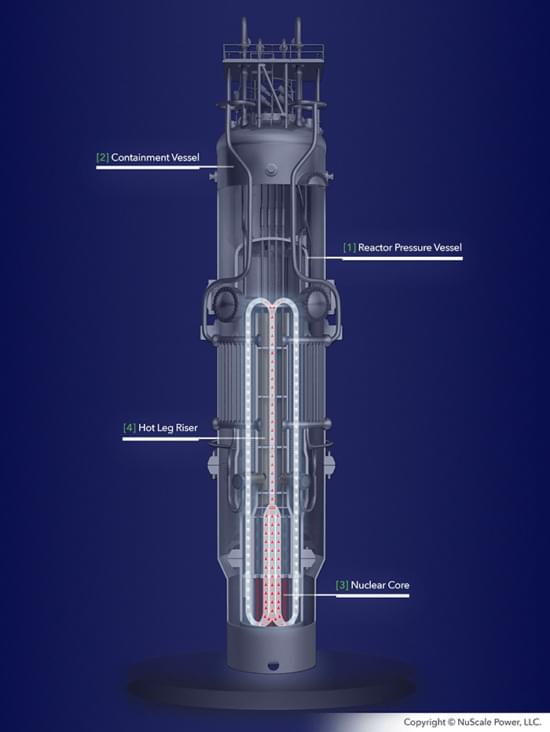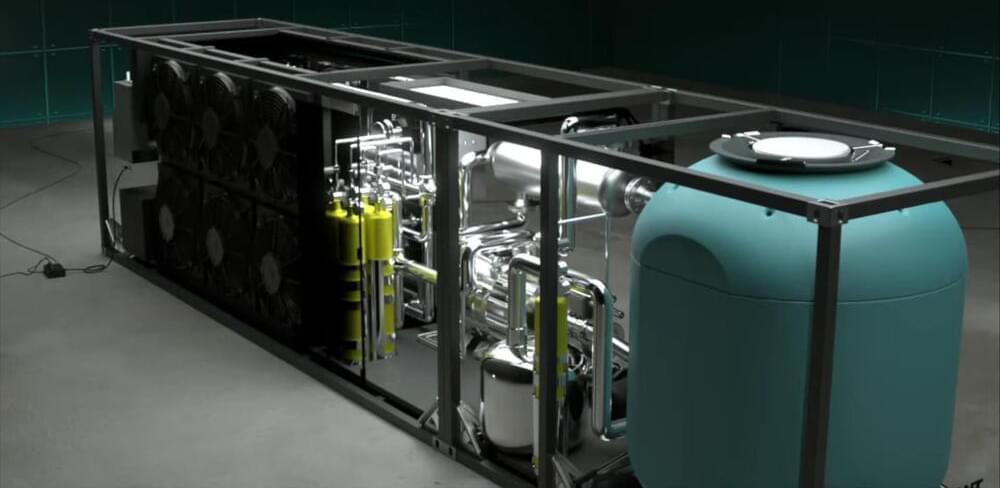Nuclear power plants provide large amounts of electricity without releasing planet-warming pollution. But the expense of running these plants has made it difficult for them to stay open. If nuclear is to play a role in the U.S. clean energy economy, costs must come down. Scientists at the U.S. Department of Energy’s (DOE) Argonne National Laboratory are devising systems that could make nuclear energy more competitive using artificial intelligence.
Nuclear power plants are expensive in part because they demand constant monitoring and maintenance to ensure consistent power flow and safety. Argonne is midway through a $1 million, three-year project to explore how smart, computerized systems could change the economics.
“Operation and maintenance costs are quite relevant for nuclear units, which currently require large site crews and extensive upkeep,” said Roberto Ponciroli, a principal nuclear engineer at Argonne. “We think that autonomous operation can help to improve their profitability and also benefit the deployment of advanced reactor concepts.”
